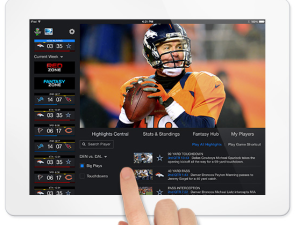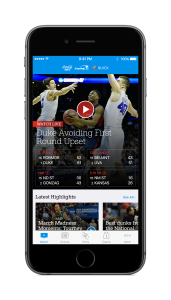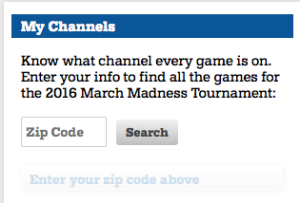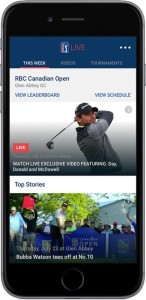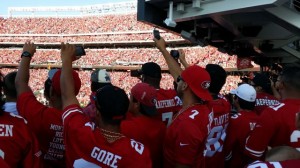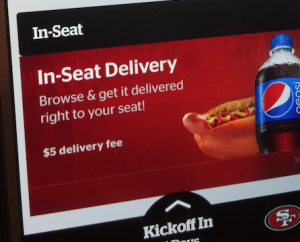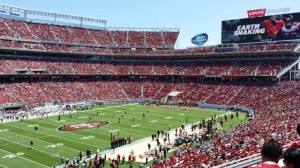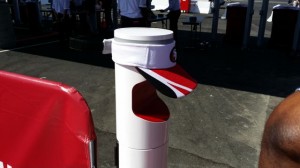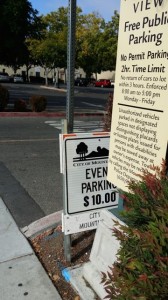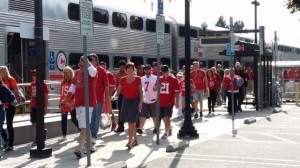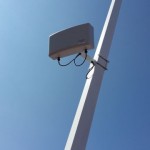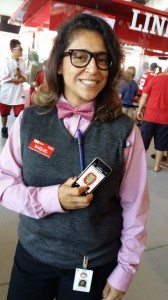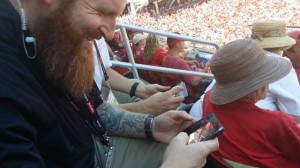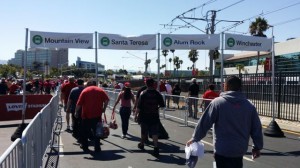Bill Belichick’s very thorough takedown of the Microsoft Surface slapped a fried egg on the face of Microsoft’s $400 million deal with the NFL to use the tablets on game-day sidelines. In the latest STADIUM TECH REPORT PODCAST, co-hosts Phil Harvey and Paul Kapustka explore why the deal was flawed from the beginning, and whether or not wireless technology can be counted on to perform in NFL sideline environments.
SUBSCRIBE TO THE PODCAST:
